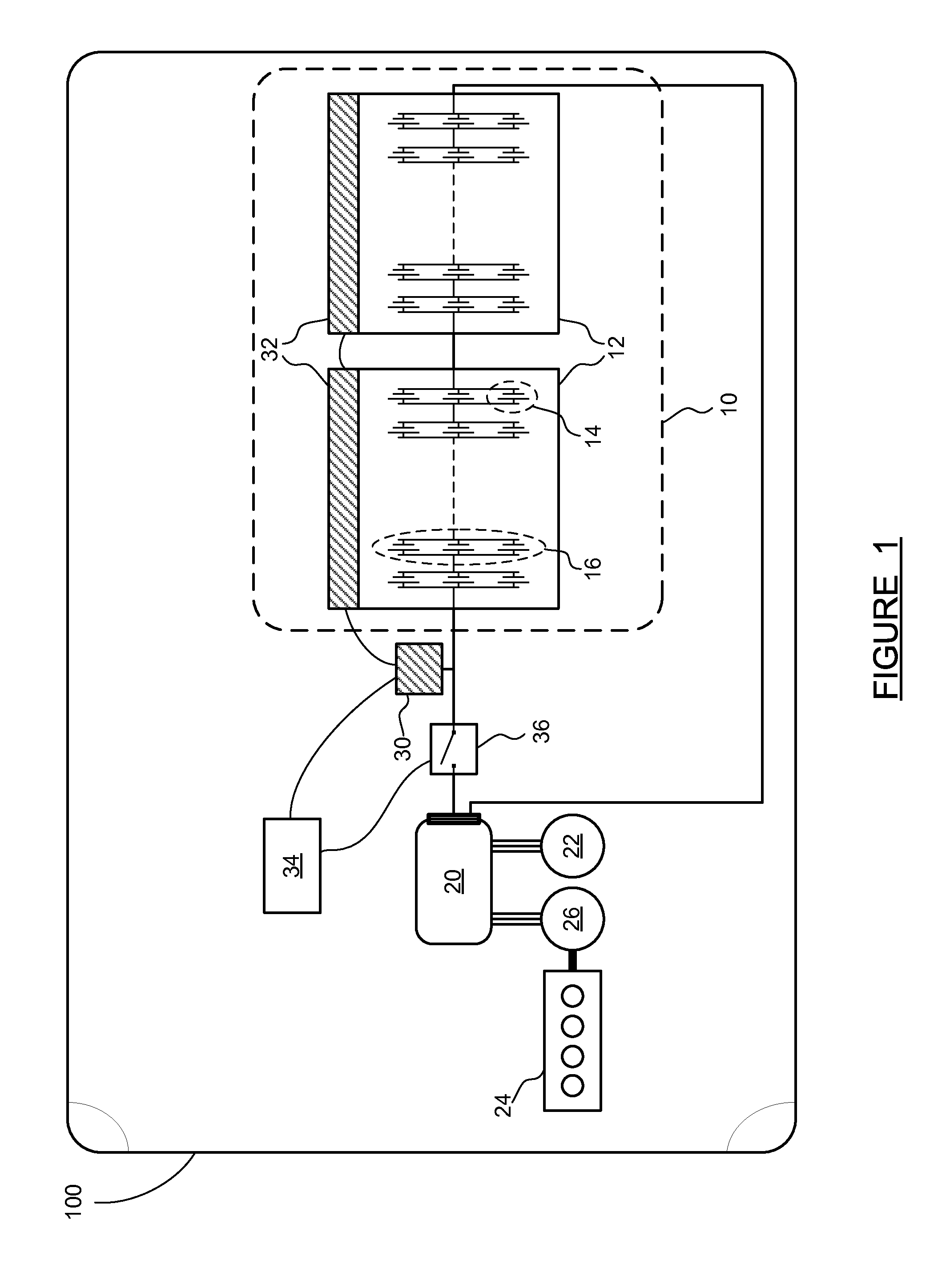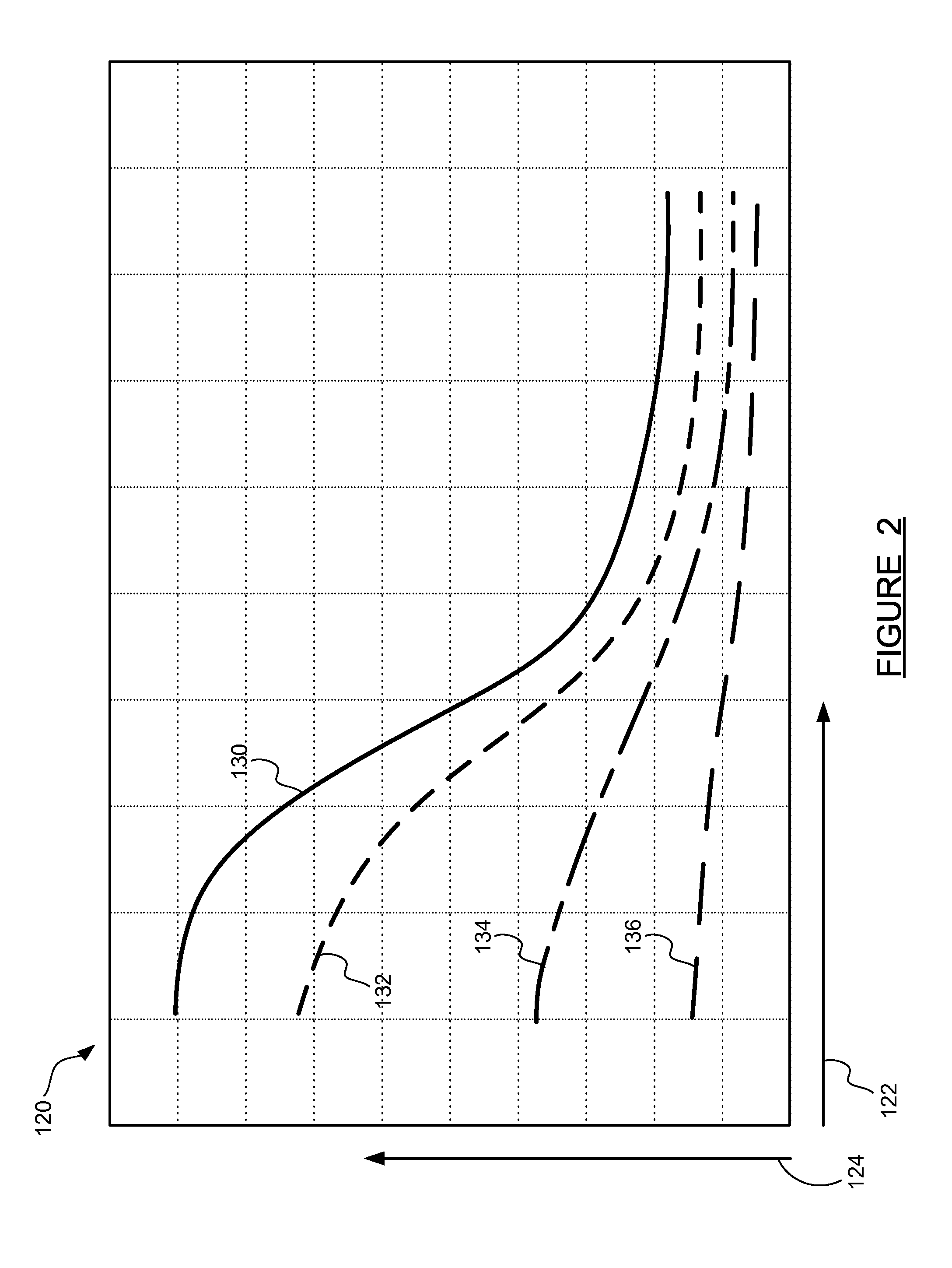Cell temperature and degradation measurement in lithium ion battery systems using cell voltage and pack current measurement and the relation of cell impedance to temperature based on signal given by the power inverter
a lithium ion battery and cell voltage technology, applied in the direction of batteries, emergency power supply arrangements, instruments, etc., can solve the problems of not being able to measure the temperature of each individual cell, not being able to determine the average battery pack temperature using temperature sensors, and being a large proportion of the vehicle's cos
- Summary
- Abstract
- Description
- Claims
- Application Information
AI Technical Summary
Benefits of technology
Problems solved by technology
Method used
Image
Examples
Embodiment Construction
[0014]The following discussion of the embodiments of the invention directed to a method and system for battery pack cell temperature determination via impedance measurement is merely exemplary in nature, and is in no way intended to limit the invention or its applications or uses. For example, the discussion that follows is directed to cell temperature measurement in electric vehicle battery packs, but the method is equally applicable to battery packs in other vehicular and non-vehicular applications.
[0015]Battery packs in electric vehicles and gasoline-electric or diesel-electric hybrid vehicles (hereinafter collectively referred to simply as “electric vehicles”) typically consist of hundreds of individual cells. In one popular lithium-ion rechargeable battery chemistry, each cell produces approximately 3.7 volts nominally, with the exact value depending on state of charge and other factors. Many cells connected serially in a module provide the high voltage necessary to drive elect...
PUM
 Login to View More
Login to View More Abstract
Description
Claims
Application Information
 Login to View More
Login to View More - R&D
- Intellectual Property
- Life Sciences
- Materials
- Tech Scout
- Unparalleled Data Quality
- Higher Quality Content
- 60% Fewer Hallucinations
Browse by: Latest US Patents, China's latest patents, Technical Efficacy Thesaurus, Application Domain, Technology Topic, Popular Technical Reports.
© 2025 PatSnap. All rights reserved.Legal|Privacy policy|Modern Slavery Act Transparency Statement|Sitemap|About US| Contact US: help@patsnap.com



